It's not whole grain corn, but a product made from corn gluten, which contains chemicals that prevent seeds from germinating. It also smells a little like corn chips.
It's completely safe and doesn't have that horrid chemical odor that I smell on so many lawns each year.
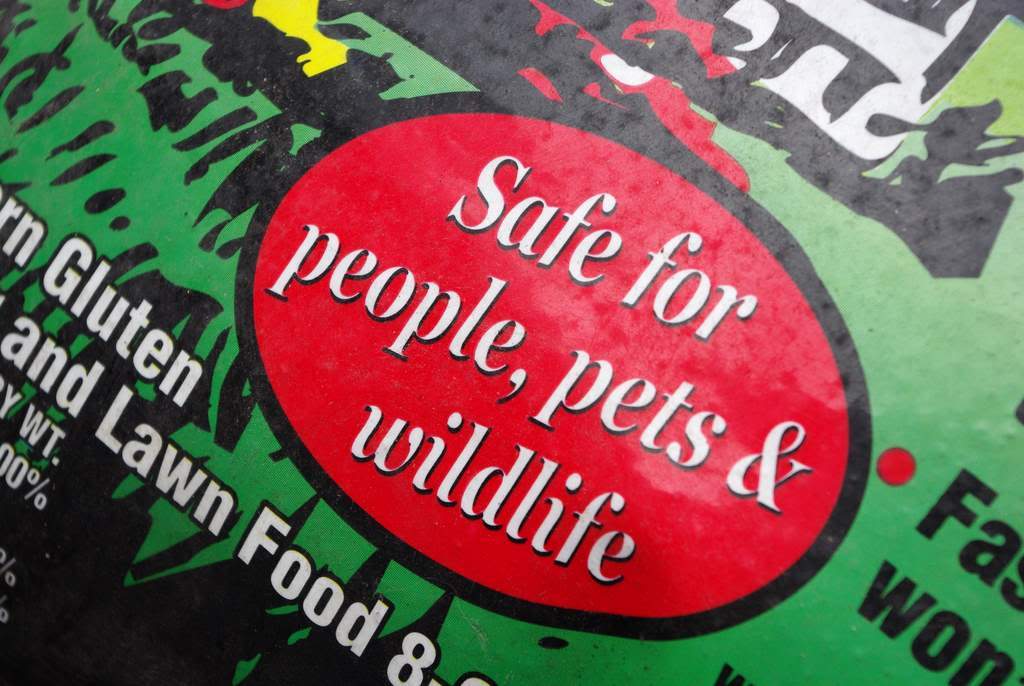 |
| But don't eat it! |
It has some nutrients in it as well, which will help once the lawn starts waking up.
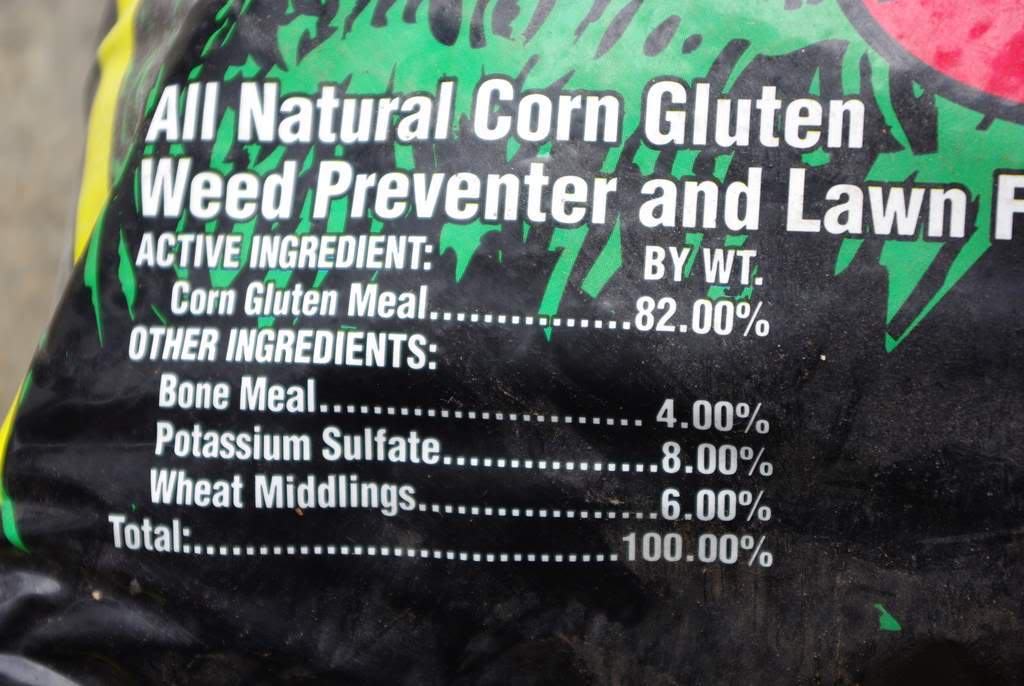 |
| Oh good, my plants haven't been getting enough wheat middlings lately. |
Unlike the synthetic products that can deliver their payloads immediately, organic products often need some time to start breaking down before they get to work, so I want to get this down early. With a pre-emergent, which doesn't do anything to kill existing weeds no matter how tiny they are, earlier is better.
I'm going to be using it on my front lawn:
I'll also put it down today on my buffalo grass lawn in my "prairie" garden:
Two problems with this. The lawn has a lot of leaves on it -- too many to ignore -- and the buffalo grass has several salvia carcasses hanging over it:
So before I can spread the corny pellets, I need to do a little cleanup. The leaves are important to get off because unlike freshly-fallen leaves they're matted down and will result in lots of little bare spots if I leave them too long:
There ended up being a lot more leaves than I thought:
The salvia stems were plentiful, but not too difficult to clip back:
I had to rake a little back here too, but once that was finished I used my drop spreader to apply the herbicide:
Besides being safe, another nice thing about a product like this is I don't have to worry so much about perfect coverage or overlapping passes. Applying too much in one area won't be a problem as it can be with synthetics.
Good thing too, because I put it down way too heavily in some areas:
I know that deer love corn, and I've often wondered if they would eat this stuff. I'll use this corn-heavy area as a test -- if they don't eat it here, they surely won't eat it when it's applied normally, where the tiny nuggets are almost undetectable:
I've not yet decided if I'm going to apply this to other parts of my lawn, because those parts are in really bad shape. I may need to reseed them, and if I'm going to do that I don't want pre-emergent there as it will prevent grass seed from germinating too. I may also strip those areas down to bare soil and start over, and in that case the corn gluten would just be wasted. So for now no gluten for the rest of the yard.
I did sprinkle it on some of the planting beds -- places I don't want anything to reseed. I also put some on the patio, hoping it will help keep down the amount of weeds that grow in the cracks this year.
I'm not sure exactly how long this stuff lasts and I will need to reapply in a few months, but I think it's one of the necessary steps to keep the weeds from taking over, and to keep me from having to write "did some more weeding today" posts every other day throughout the growing season.
.

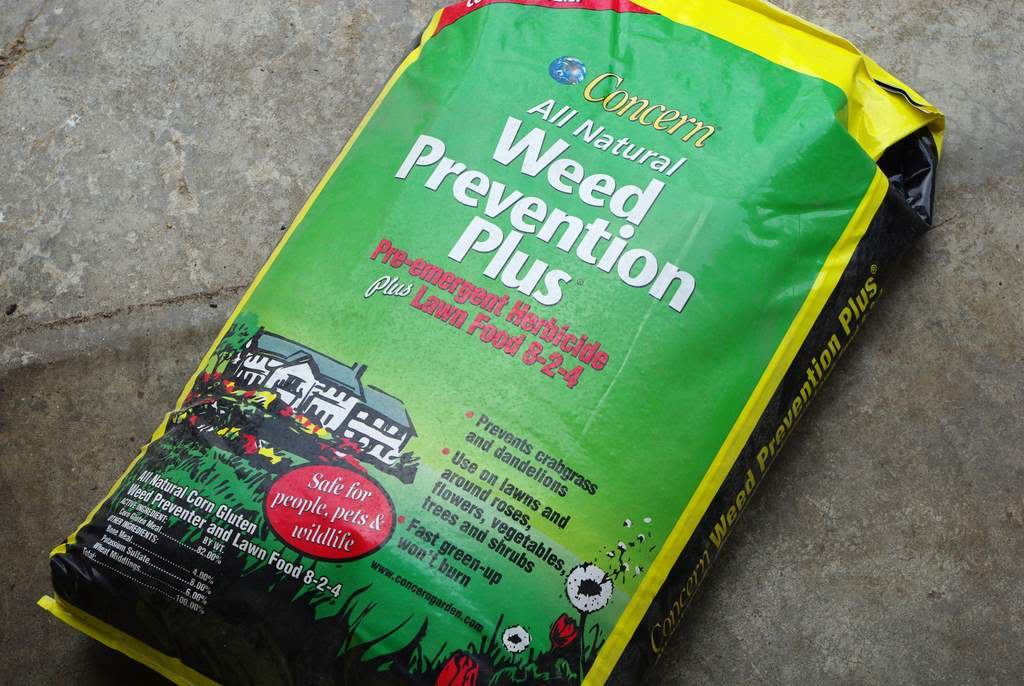
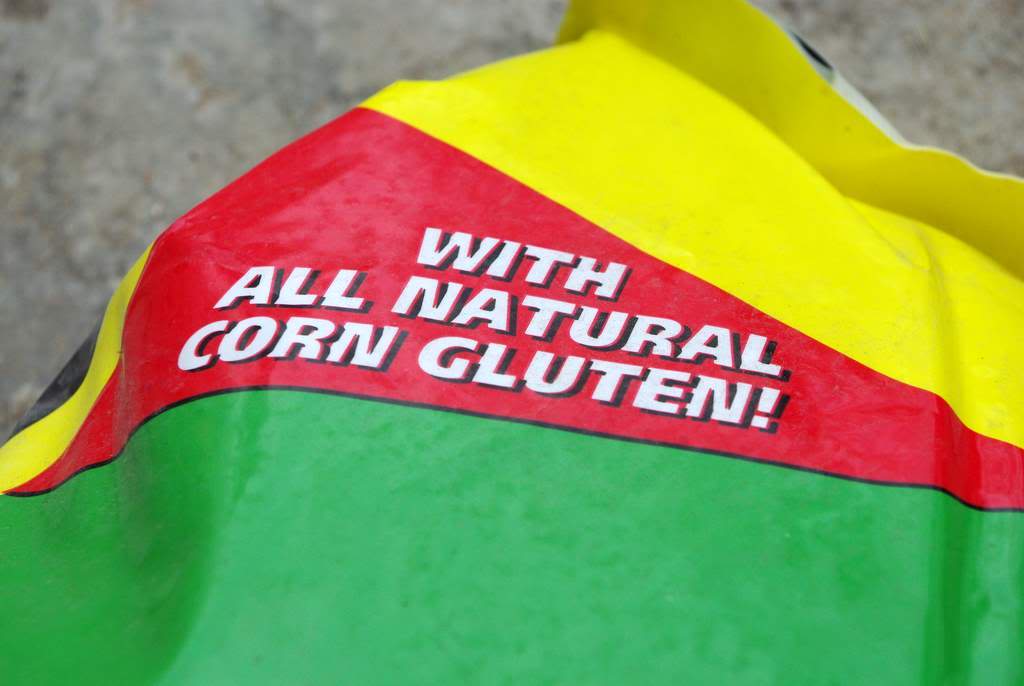

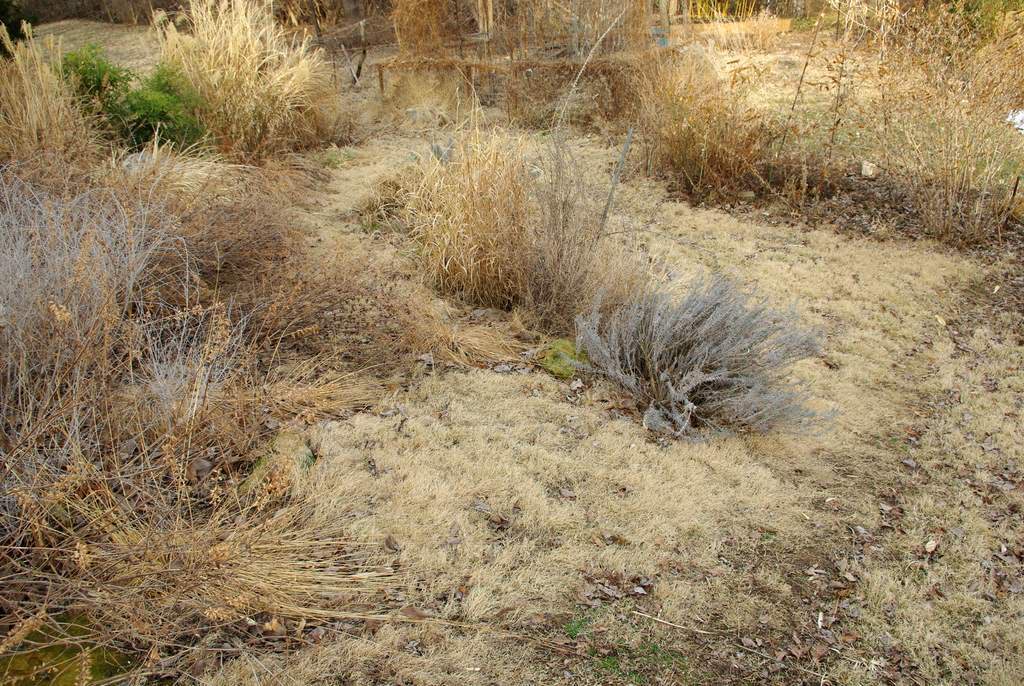
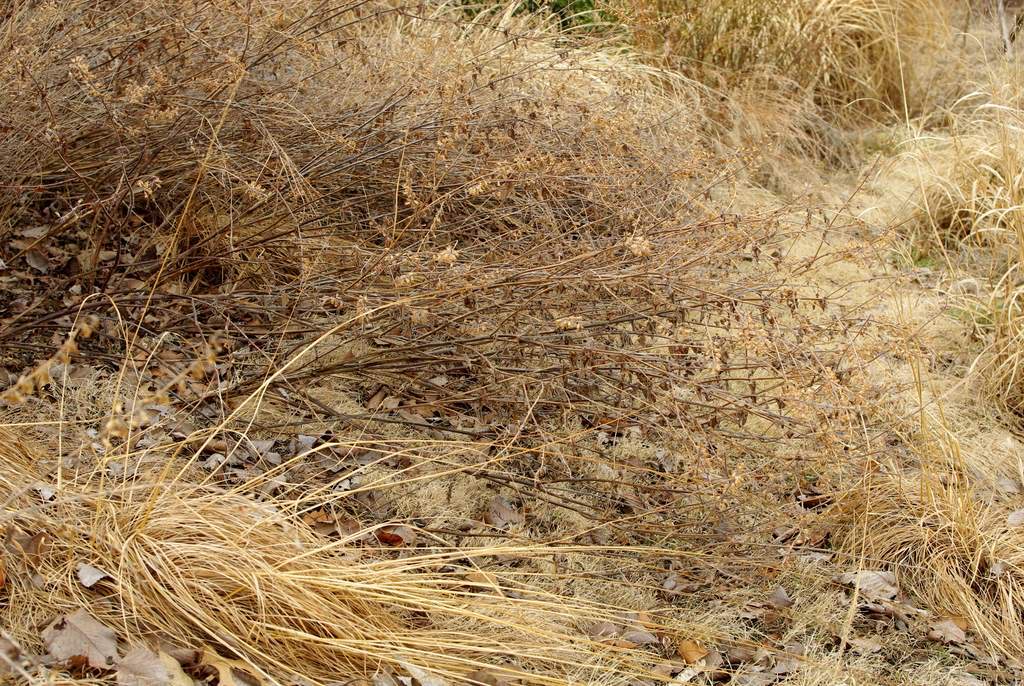
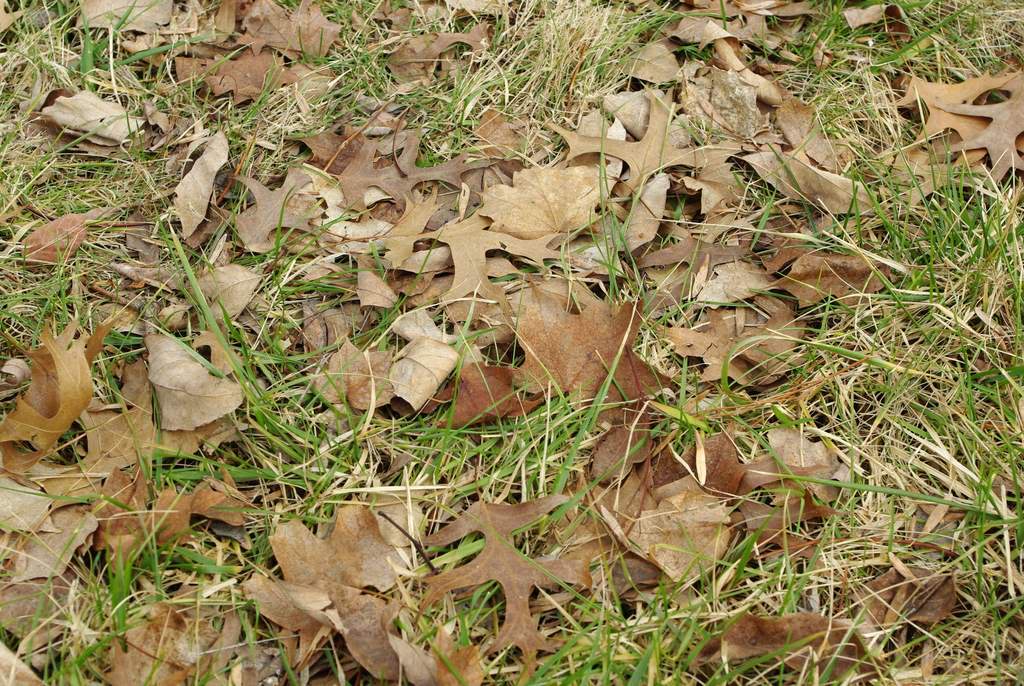
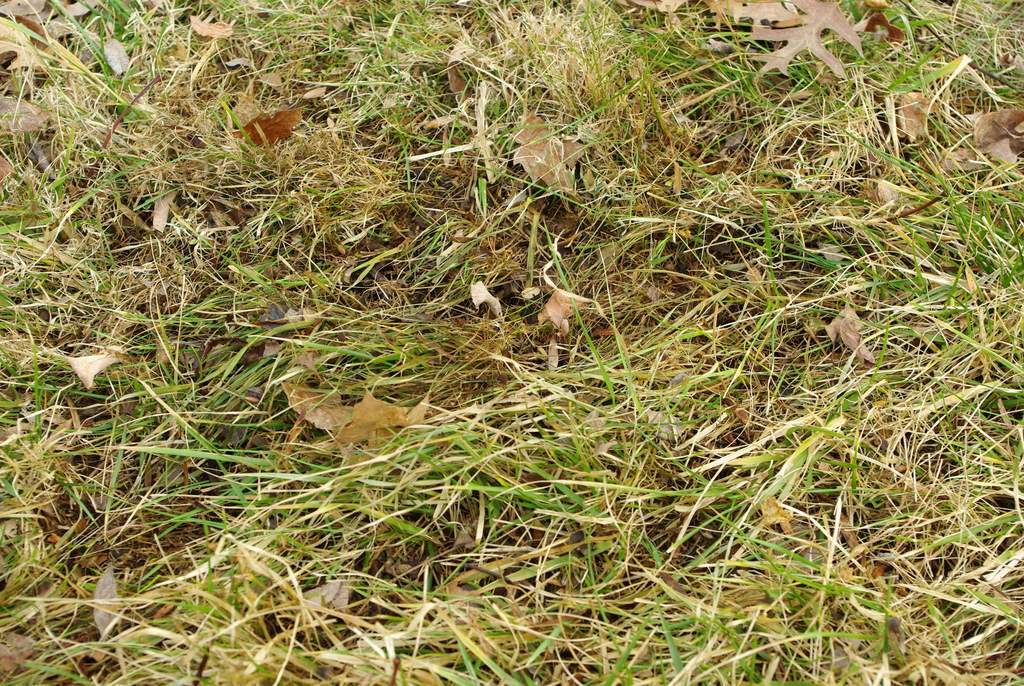
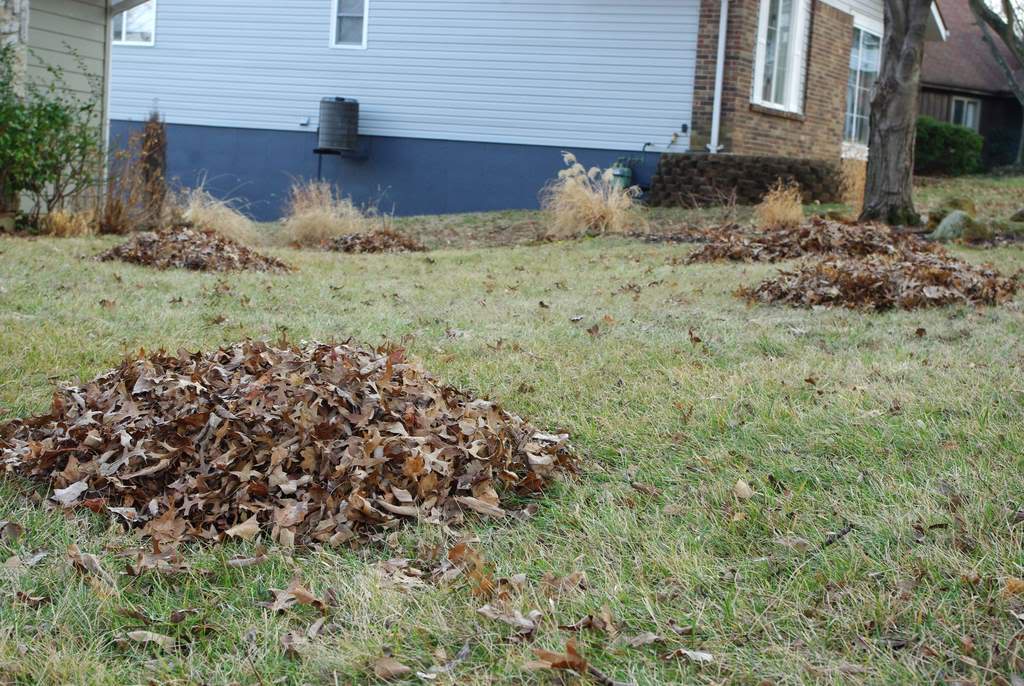
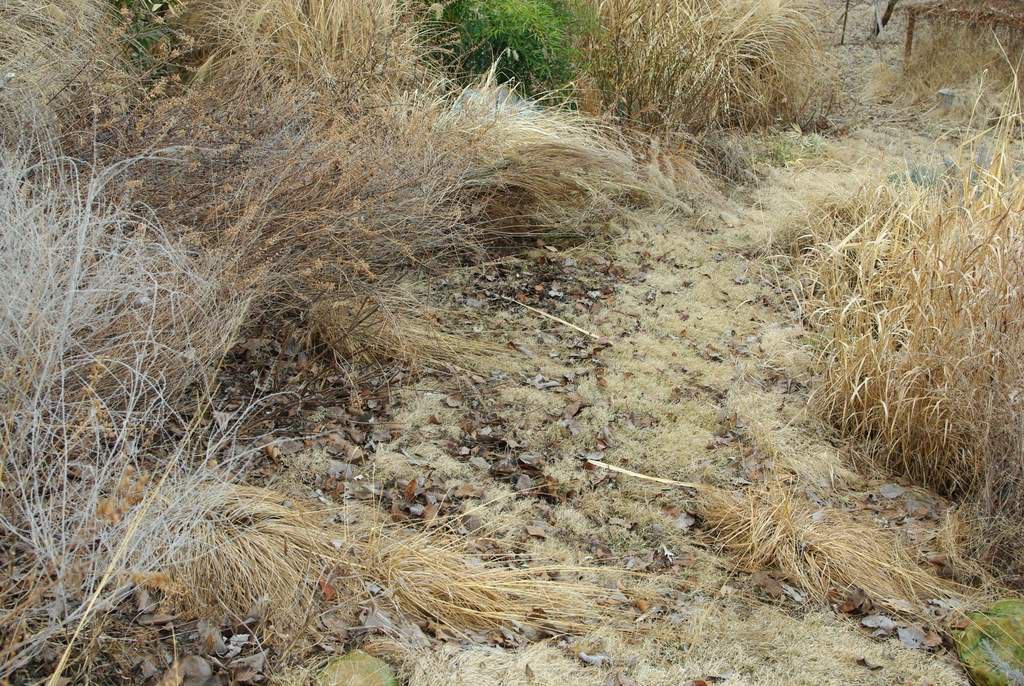
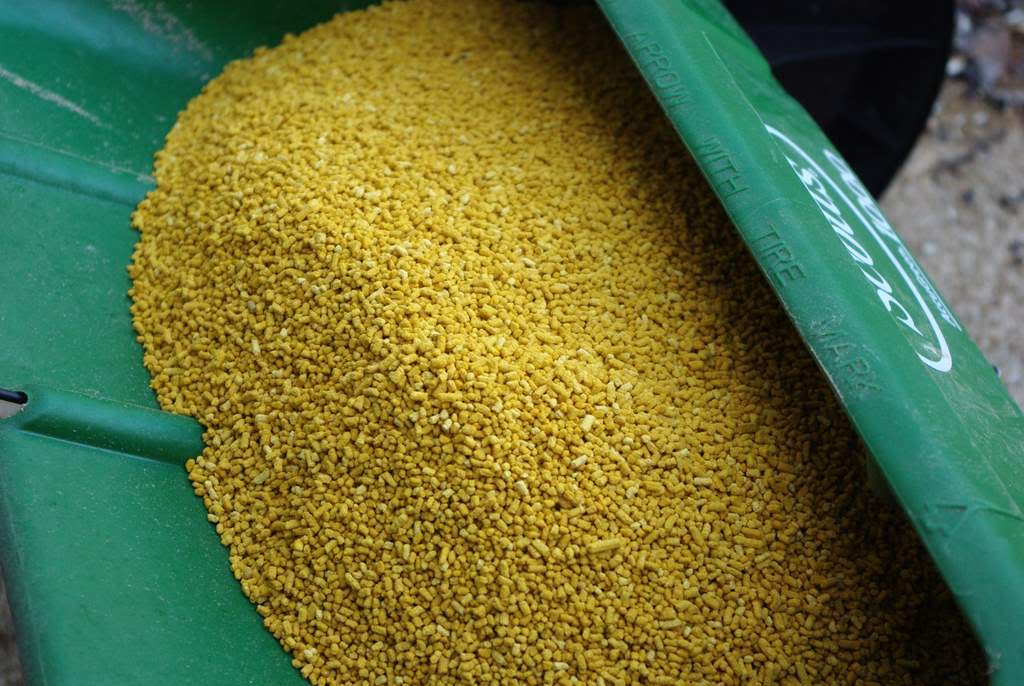


Very interesting. I've never seen this product here in Northern California. Our lawns never go dormant so maybe there is no perceived demand? I would definitely use something like that around our orange tree, for example, where all kinds of weeds germinate liberally.
ReplyDelete:: Bamboo and More ::
Ha! You know, they are questioning the original study behind the pre-emergent claims. Here's a link to a post I did on it:
ReplyDeletehttp://inkandpenstemon.tumblr.com/post/2339440178
Susan: very interesting, and disappointing if true. I'm going to do my own experiment and see what I find.
ReplyDeleteI know there's a thread on bambooweb somewhere, that contraindicates using pre-emergents anywhere in the vicinity of bamboo. I'd suspect if the corn does work, it'd be too mild to be problematic for bamboo. But no matter how tempted I get, I eschew all of them in favor of lots of boo shoots. I'll let you experiment with this corn stuff, and sit back to watch. :)
ReplyDeleteGH: I read that, and it was in reference to small potted bamboos, and I don't know if it was specifically a pre-emergent or not -- they referred to "Weed and Feed" which I'm not sure is a pre-emergent or regular broadleaf weed killer. Another post talked about floppy culms, but that could have been due to over-fertilization. I've heard from others that too much nitrogen while shooting can produce weak growth like that.
ReplyDeleteIn any case, I'm not using this on my bamboos... although I think I did on some of them last year. Didn't notice any problems.
Hi Alan - I watched a video last year of some garden guru (can't remember his name) spreading the corn gluten mixture on his lawn but it didn't convince me. Instead I enjoy (really!) handpicking weeds (dandelions, greater plantains mostly) out of my lawn, putting compost in the bare areas and planting grass. I have fewer weeds every year and more patches of grass. It's part of my seasonal ritual as there are always weeds and it's about as organic as it gets.
ReplyDeleteI can't believe you are able to work on your lawn - I can't see mine yet - it's still white!
I love natural alternatives to man-made chemical compounds, and this sounds like a great product to help reduce - even if it doesn't eliminate - the need for weeding the lawn.
ReplyDelete(Though personally I have a very casual relationship with my lawn. I try to rake up the moss every so often, but that's about it.)
We've used this in the past - did keep some weeds at bay but not all. Works great as a fertilizer but is a very slow release. Also, keep an eye out for corn stalks - sometimes seed inadvertently gets into the mix.
ReplyDelete